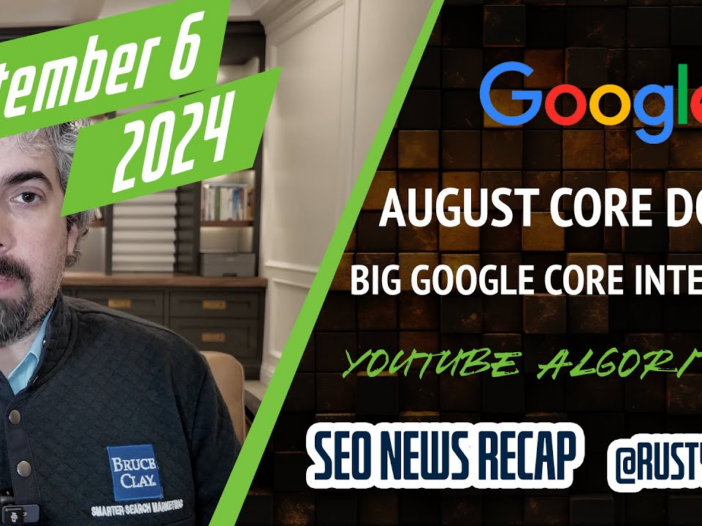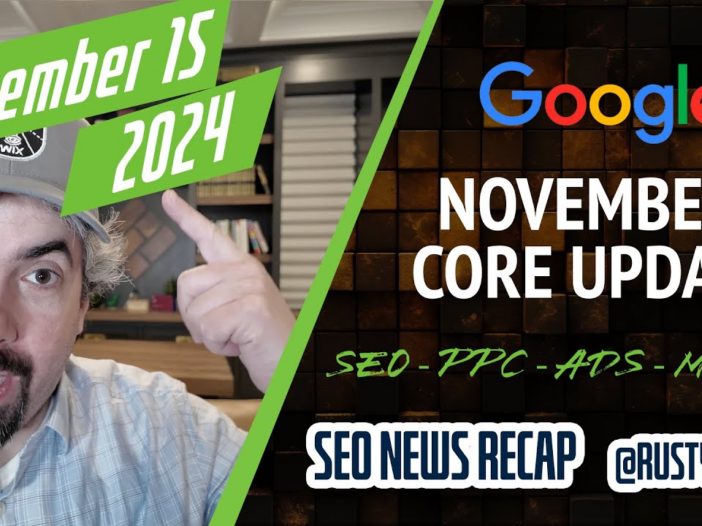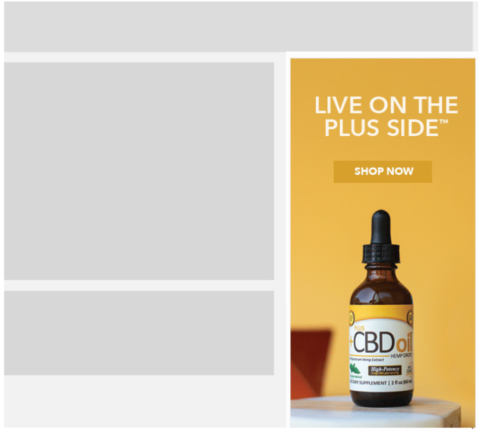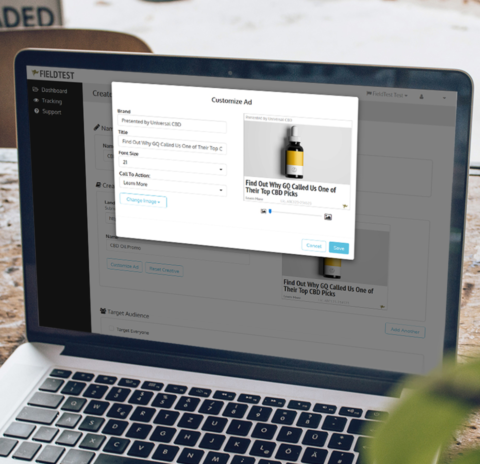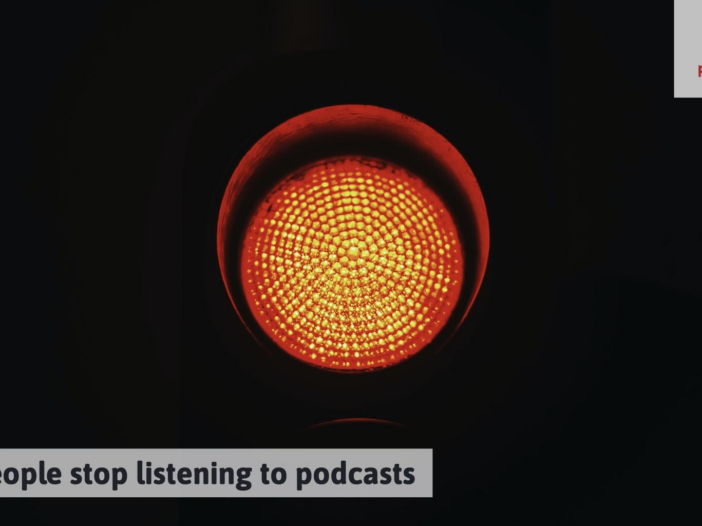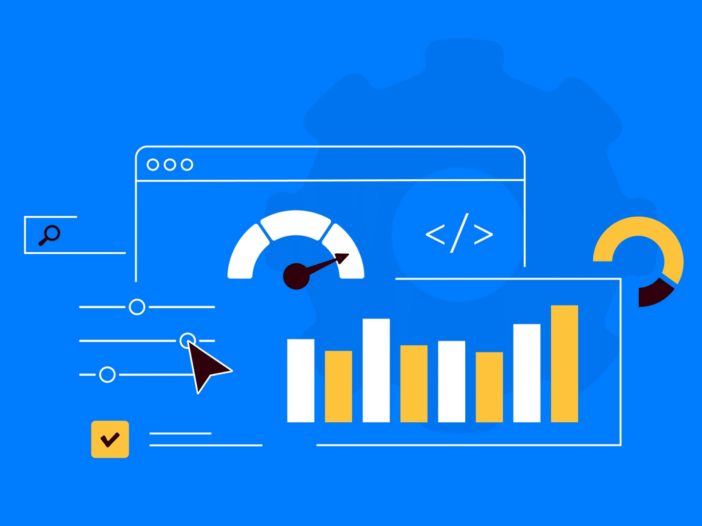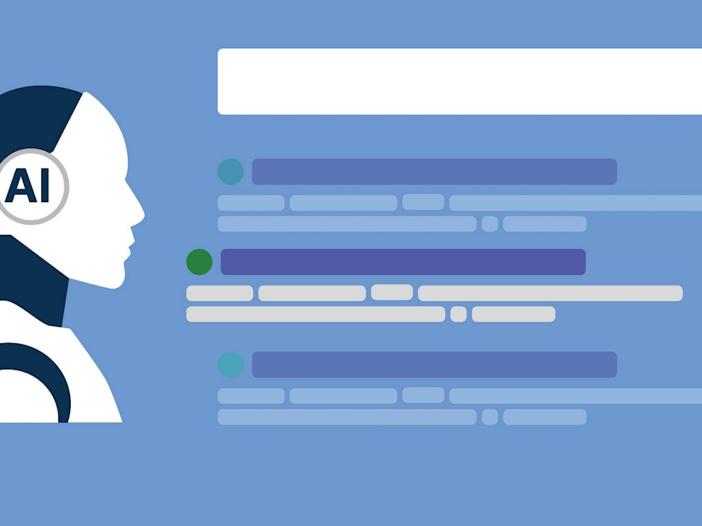This week, the Google August 2024 core update finished rolling out, a bit earlier than expected. There is still search volatility, a lot of it, days after the core update completed. I also posted a huge interview with Google’s Danny Sullivan on the core update. I posted the big Google Webmaster Report for September 2024. Google updated its canonical doc to say do not specify fragments in your canonicals. Google Search finally supports AVIF images. Google is testing a new forum display for its search results. Google is testing a new shopping search design. Bing Knowledge panels has this table of contents that is interactive. Google Business Profile may be dropping the Q&A feature in some regions. Google is testing new map pin shapes. Google Trends email subscriptions are going away. Google will automatically link Google Ads and Google Merchant Center accounts. Google Ads now has a merchant products tab for images. Google Ads will opt out new accounts from serving ads on parked domains. Google Ads product category level insights is live. Microsoft Advertising announced a bunch of new features. Google Analytics 4 has new benchmarking data. I posted a bunch of videos from YouTube algorithm and SEO questions and answers. That was the search news this week at the Search Engine Roundtable.
Sponsor: BruceClay one of the founding fathers of the SEO space, doing search marketing optimization since 1996. Bruce Clay is big into SEO training, check out seotraining.com to learn more and check them out at bruceclay.com. Also, check out their new product, Prewriter.ai – this tool empowers writers to write better and more efficiently, so check it out.
Make sure to subscribe to our video feed or subscribe directly on iTunes, Apple Podcasts, Spotify, Google Podcasts or your favorite podcast player to be notified of these updates and download the video in the background. Here is the YouTube version of the feed. For the original iTunes version, click here
Search Topics of Discussion:
- 0:00 – Introduction
- 1:05 – Google August 2024 Core Update Finished Rolling Out
- 2:17 – Google Search Volatility Still Heated After August Core Update Rollout Completed
- 2:55 – My Interview Of Google’s Search Liaison On The August 2024 Core Update
- 3:30 – September 2024 Google Webmaster Report
- 3:54 – Google Docs: Do Not Specify A Fragment URL As Canonical
- 4:12 – Google Search Finally Supports AVIF Images
- 4:32 – Google Tests Top Comments & Related Discussions For Forum Search Results
- 4:54 – Google Tests New Shopping Search Design
- 5:09 – Google Shopping & Merchant Center Interview With Irina Tuduce
- 5:32 – Bing Knowledge Panel & Featured Answers Table Of Contents Animation
- 5:47 – Google Business Profiles Drops Q&A Feature In India (& Other Some Regions)
- 6:06 – Google Tests New Map Pin Shapes
- 6:18 – Google Trends Email Subscriptions Going Away Next Month
- 6:36 – Google To Automatically Link Ads & Merchant Center Accounts
- 6:57 – Google Ads Gains Merchant Products Tab For Images
- 7:18 – Google Ads To Opt Out New Accounts From Serving Ads On Parked Domains
- 7:39 – New Google Ads Product Category-Level Insights
- 7:55 – Microsoft Advertising Logos / Call To Actions & Other Search Ad Updates
- 8:16 – New Google Analytics 4 Benchmarking Data
- 8:29 – YouTube SEO Questions Answered
- 8:51 – Conclusion
Please do subscribe on YouTube or subscribe via iTunes or on your favorite RSS reader. Don’t forget to comment below with the right answer and good luck!
The content at the Search Engine Roundtable are the sole opinion of the authors and in no way reflect views of RustyBrick ®, Inc
Copyright © 1994-2024 RustyBrick ®, Inc. Web Development All Rights Reserved.
This work by Search Engine Roundtable is licensed under a Creative Commons Attribution 3.0 United States License. Creative Commons License and YouTube videos under YouTube’s ToS.
